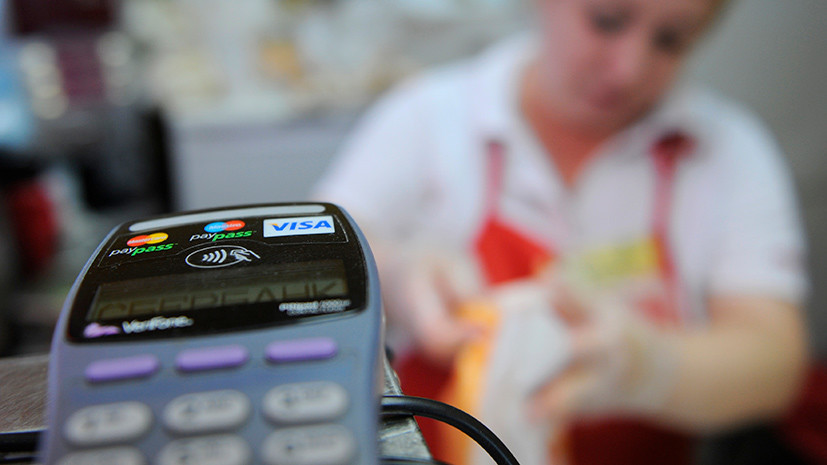In the first four months of 2019, the share of cashless payments in Russia increased to a record 61%. On Wednesday, May 22, the first deputy chairman of the Central Bank Olga Skorobogatova said during a speech in the State Duma.
According to her, in 2018 non-cash payments exceeded cash in their share for the first time. Thus, in the total amount of payments in retail trade, electronic payment accounted for 53% of operations. For comparison, in 2014 the figure was only 25%.
As Skorobogatov stressed, in the coming years, the share of payments using electronic payment in retail turnover will continue to increase. At the same time, the representative of the Central Bank pointed to the growing popularity of contactless payments among Russians.
“The growth of trust and interest of customers to make payments by cards contributes to the activity of banks and payment systems: improved conditions for loyalty programs and constant marketing campaigns. Also, the driver for the development of non-cash payments was the ability to pay with smartphones with the PAY function, which further alienates the client from cash behavior, ”explained Alexey Kirichek, vice president and head of the acquiring department at VTB, in an interview.
Note that in 2017, 88% of Russians were already holders of bank cards. This was evidenced by a study by MasterCard. According to the survey results, 21% of citizens paid for purchases only with cards, only about 23% of the population preferred cash payments, and about 56% tried to alternate both options.
Russians have traditionally called convenience (76%) and high speed of payment (74%) the key advantages of cashless payment for purchases. 70% noted security, 69% - the ability to transfer money from card to card, 67% - the ability to pay for purchases on the Internet.
Moreover, among the main reasons to use bank cards, 61% of citizens provided cashback, the ability to pay for travel in public transport in Russia and abroad (42%) and pay for purchases using smartphones (41%).
“The growth of non-cash payments is associated primarily with the development of e-commerce, the annual growth themes of which are about 30%. The greatest penetration of e-commerce is characteristic of the Central Federal District of Russia, which is characterized by a higher population density and incomes of citizens, which contributes to the activation of online payments, ”said Alexandra Ovchinnikova, junior analyst at Freedom Finance, in an interview with RT.
According to MasterCard, in 2017 Moscow became the absolute leader in Russia in terms of the number of card holders (90% of the city’s population). At the same time, a high figure was also recorded in the Urals (81%) and North-West (77%) federal districts.
According to the VTB statistics provided by RT, today the most popular non-cash payments in the Russian Federation are such industries as digital content and the purchase of airline tickets - 90–95%, supermarkets - 70%, convenience stores - 50–60%, and small and micro businesses - 20 —25%.
As told in an interview with RT, Advisor to the Chairman of the Financial Innovations Association Murad Salikhov, high demand for electronic payments can also be noted in the restaurant business and in the calculations for durable goods. Meanwhile, as analysts say, many Russians are still inclined to pay with paper money and coins.
“It is worth noting that the need to carry cash is also related to the fact that credit organizations do not want to lose income from fees for interbank transfers. This, in turn, significantly complicates the communication of customers of different banks, ”said Andrey Lyushin, Deputy Chairman of the Board of Loko-Bank, in an interview with RT.
At the same time, the expert believes that the existing problem can be solved after the full launch of the fast payment system. Recall the service allows customers of different banks to instantly transfer money by phone number. As of today, 12 credit organizations have already become participants of the program, and by September 1, according to the requirement of the Central Bank, it is planned to connect all systemically important banks to the system.
Alla Bakina, director of the department of the national payment system of the Bank of Russia, said earlier that, due to the launch of the fast payment system, the share of non-cash payments in 2019 should increase to 66%. At the same time, according to Murad Salikhov’s estimate, under current conditions, the indicator may be higher than the Central Bank’s forecasts and amount to about 70%.

